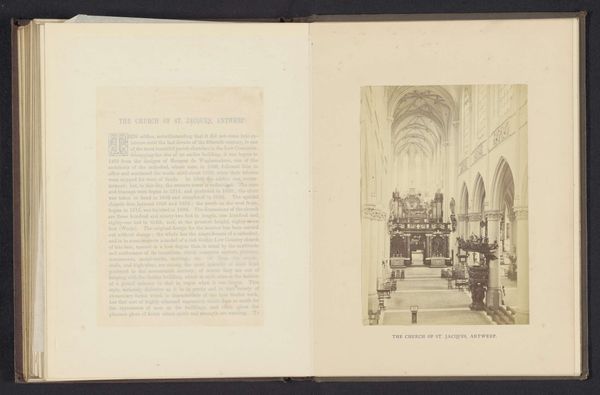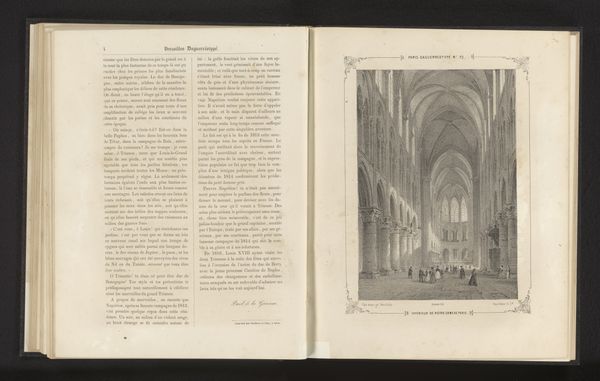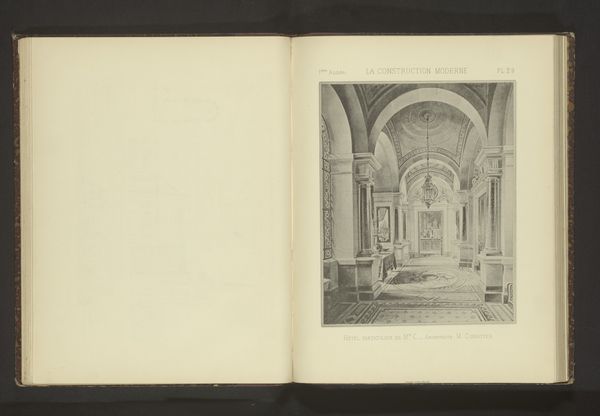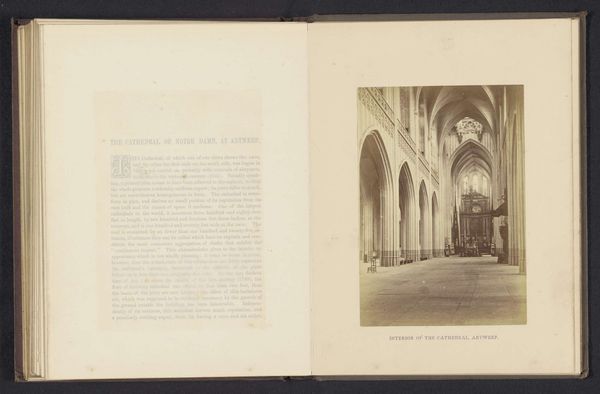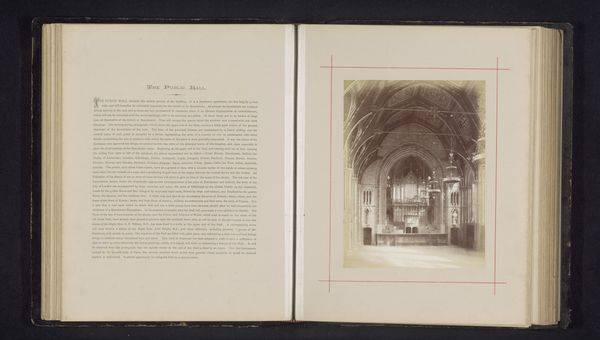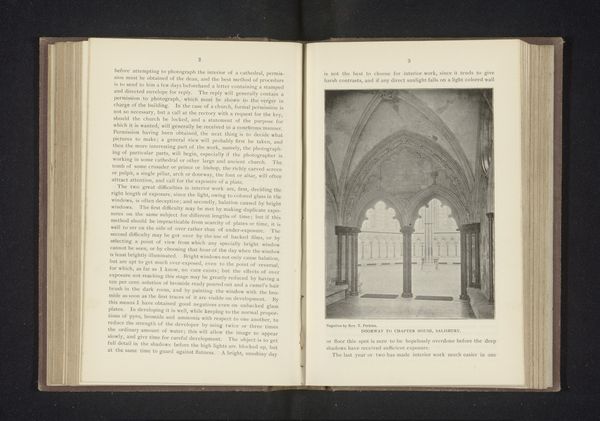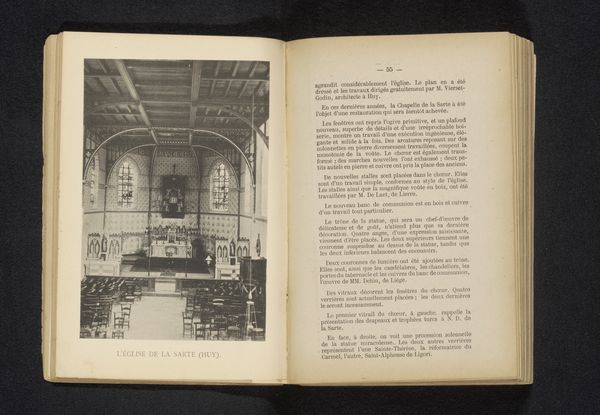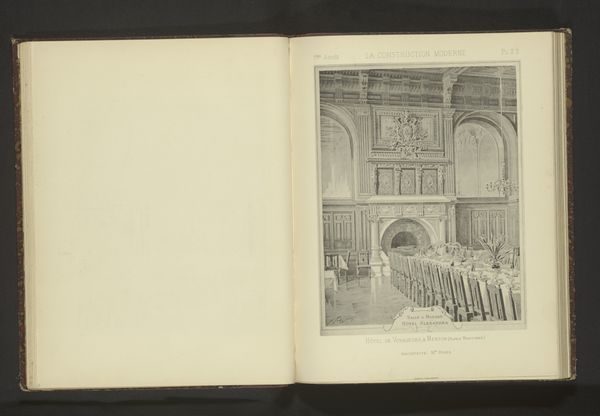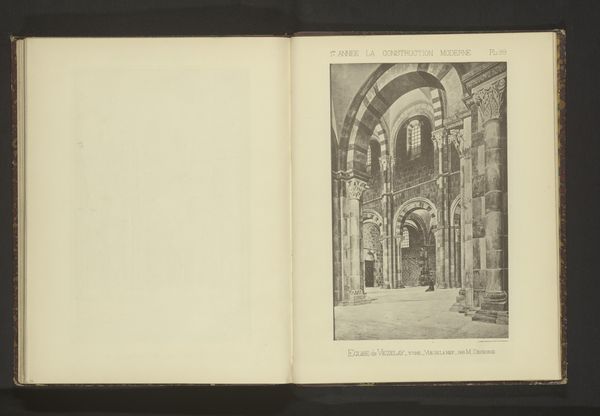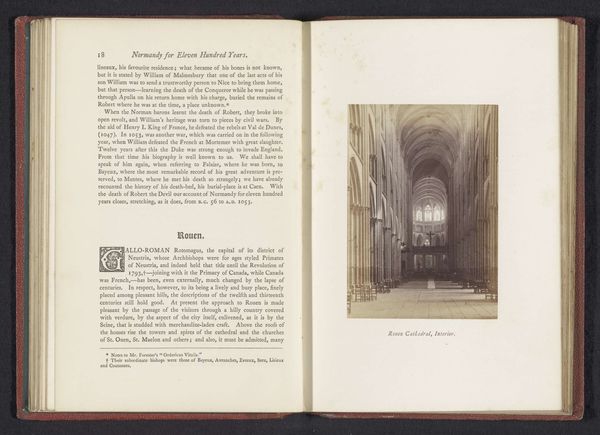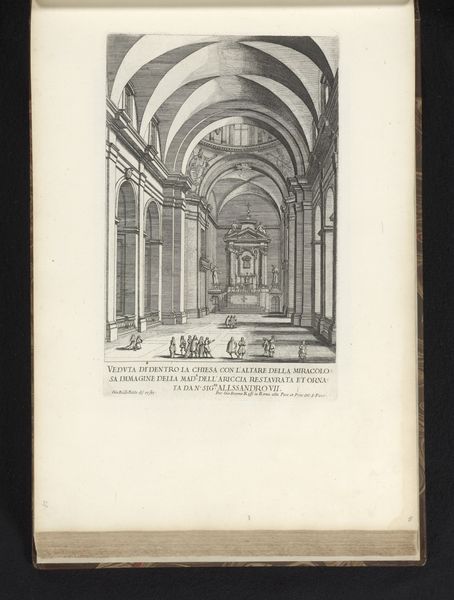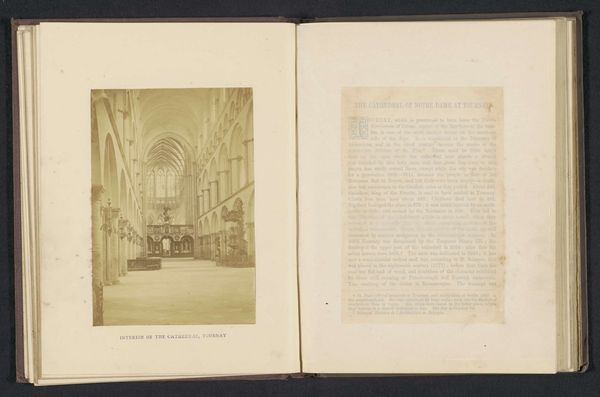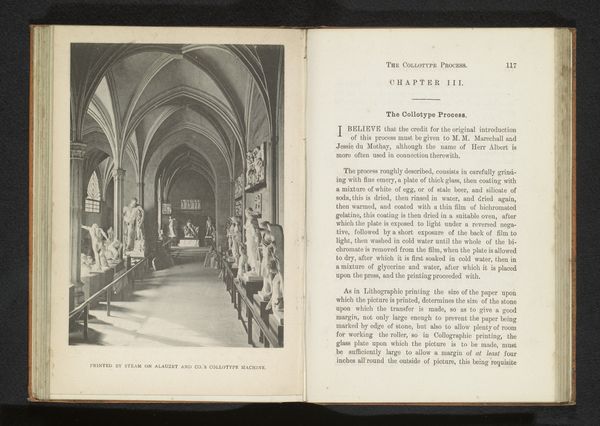
drawing, print, engraving, architecture
#
drawing
#
neoclacissism
# print
#
perspective
#
engraving
#
architecture
Dimensions: height 260 mm, width 210 mm
Copyright: Rijks Museum: Open Domain
Curator: Before us, we have an engraving entitled "Interieur van de Église Notre-Dame de Lorette in Parijs" or "Interior of the Church of Notre-Dame de Lorette in Paris." The work is estimated to date before 1840 and is attributed to Paul Dumouza. Editor: The meticulous lines create such a strong sense of depth. There's an undeniable monumentality conveyed, even within the constraints of the medium. It’s visually very imposing. Curator: Dumouza's use of engraving to depict an architectural space reveals the relationship between reproductive printmaking and the rise of architectural documentation and the representation of civic and religious spaces in the 19th century. The widespread distribution of this kind of print increased knowledge and accessibility to architectural design. Editor: Precisely. Note how the receding lines converge towards the altar. The architecture, adhering to Neoclassical ideals, is not merely represented, but idealized through perspective and form. The high ceilings with coffer decorations create an intricate play of light and shadow that enhances the building’s grandeur and the worshippers' experience. Curator: Considering the time period, the Church played a central role in the social and political lives of Parisians. Therefore, mass reproduction of images of impressive churches reinforces the power and authority of the institution. Think about the engraver and printer as integral links in communicating not just an image but an ideal to a broad segment of the public. Editor: The figures are strategically placed, creating rhythm and scale. And consider the geometric harmony, too: each column, arch, and molding plays a crucial role in communicating an enduring aesthetic language. It’s interesting to think how architecture is often considered a reflection of power or religious ideology but here, those beliefs are circulated through the accessibility of reproducible media. Curator: Absolutely. An artwork that not only demonstrates skillful artistic production, but is tied inextricably to broader societal mechanisms, such as documentation, accessibility, and consumption of architectural and religious structures. Editor: Yes, an important convergence of geometry, faith, and the printed image to construct a reality, really.
Comments
No comments
Be the first to comment and join the conversation on the ultimate creative platform.
